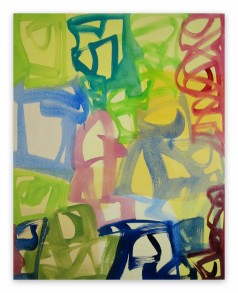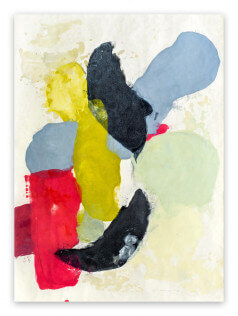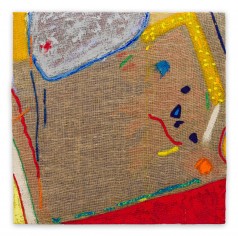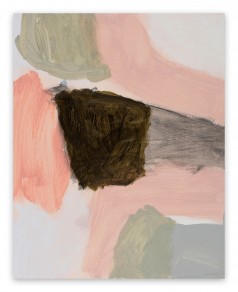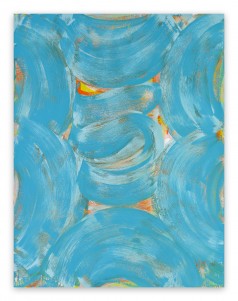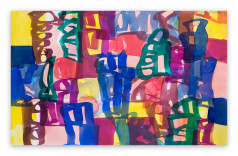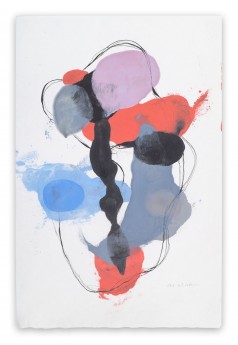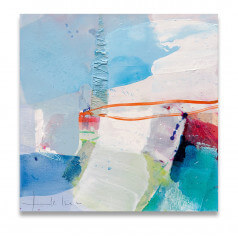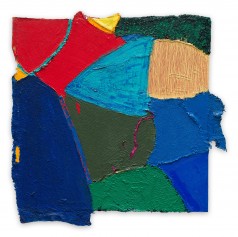The term “Action Painting” was coined by art critic Harold Rosenberg in his 1952 essay “The American Action Painters.” Rather than discussing paintings in terms of their “objectness,” or in terms of their formal content, Rosenberg said the action painters perceived the canvas as “an arena in which to act.” The painting thus became a visual record of the action; a glimpse into the emotions, feelings, and subconscious thoughts that had inspired the action that led to the creation of the composition.
Michael Cusack is an action painter who explores the struggle between the forces of nature. Anthony Frost blends Action Painting and collage to express the raw energy and freedom of rock music. The intuitive action paintings of Xanda McCagg seek to evoke the human essence. The calligraphic action paintings of Melissa Meyer are sometimes spurred by a color, a line, or even a glimpse of something she saw in a dream. Action Painting tends to be dominated by gestural, energetic brush marks. It is usually raw, layered, painterly, and free. The action that results in the painting is sometimes even considered to be of more importance than the painting itself.
Vernal
Melissa Meyer
Guna II
Tracey Adams
Giant Sand
Anthony Frost
Every image is a grain
Michael Cusack
Bower
Anne Russinof
Ambassade 44
Melissa Meyer
0218-11
Tracey Adams
Verträumte Landschaft
Greet Helsen
Mirror Man
